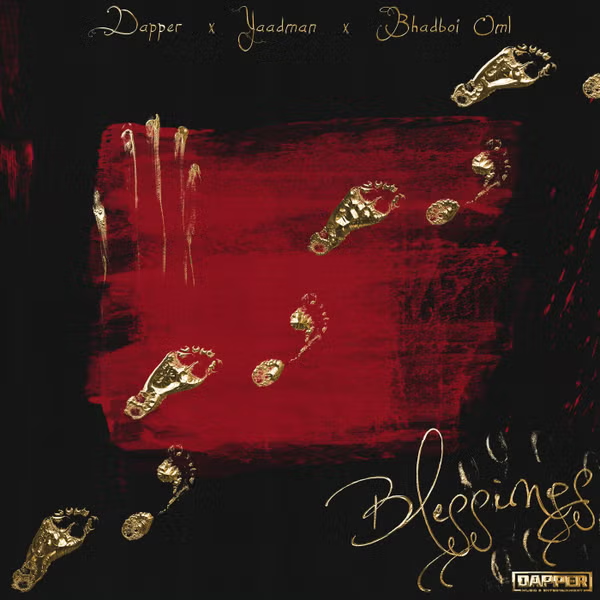The Koma people were recognized as Nigerians in 1961, along with the old provinces of northern Cameroon, many were said to have been hiding in their mountainous habitat for a very long period of time.
They occupy the Alantika Mountains in northern Adamawa State in Nigeria and in Northern Cameroon at the southwestern side (Faro National Park) of the border at Adamawa State.
Koma people are described as primitive and pagan, and even named the mountain on which they reside as Alant
ika which in Kanuri language means “Allah hasn’t yet arrived.”
This is because the Koma people still hold on to their ancient traditions and other religious practices despite being surrounded by Islamic societies.
There are 21 Koma villages in the Cameroonian section of the Alantika Mountains and 17 villages on the Nig
erian side. What perhaps shocked everyone was the discovery that among the Komas, a twin birth is regarded as evil, and twins are considered abominable to the extent- that until recently- babies of multiple births used to be buried alive with the women who gave birth to them.
Though this act of twins killing is no more practiced among Komas who dwell on the plains, historical accounts suggest that the ancient practice is still happening in some settlements on the hills.
Women use leaves to cover their private parts while men wear loincloths and animal skins with many children butt-naked. Interestingly, a Koma man may share his wife with friends, as a form of ac
ceptance.
Koma men are a good deal in terms of dressing, compared to women. This is due to the belief that if women wear clothes, they would incur the wrath of the gods with either death or barrenness.
When cooking, the Koma still uses traditional salt (Mangul) produced from the hills and a special oil produced via a natural technology not common to other ethnic groups in its environs. A Koma male may hand over his wife to a male visitor, as a sign of acceptance and friendship






























